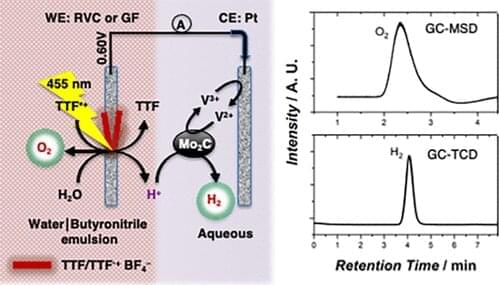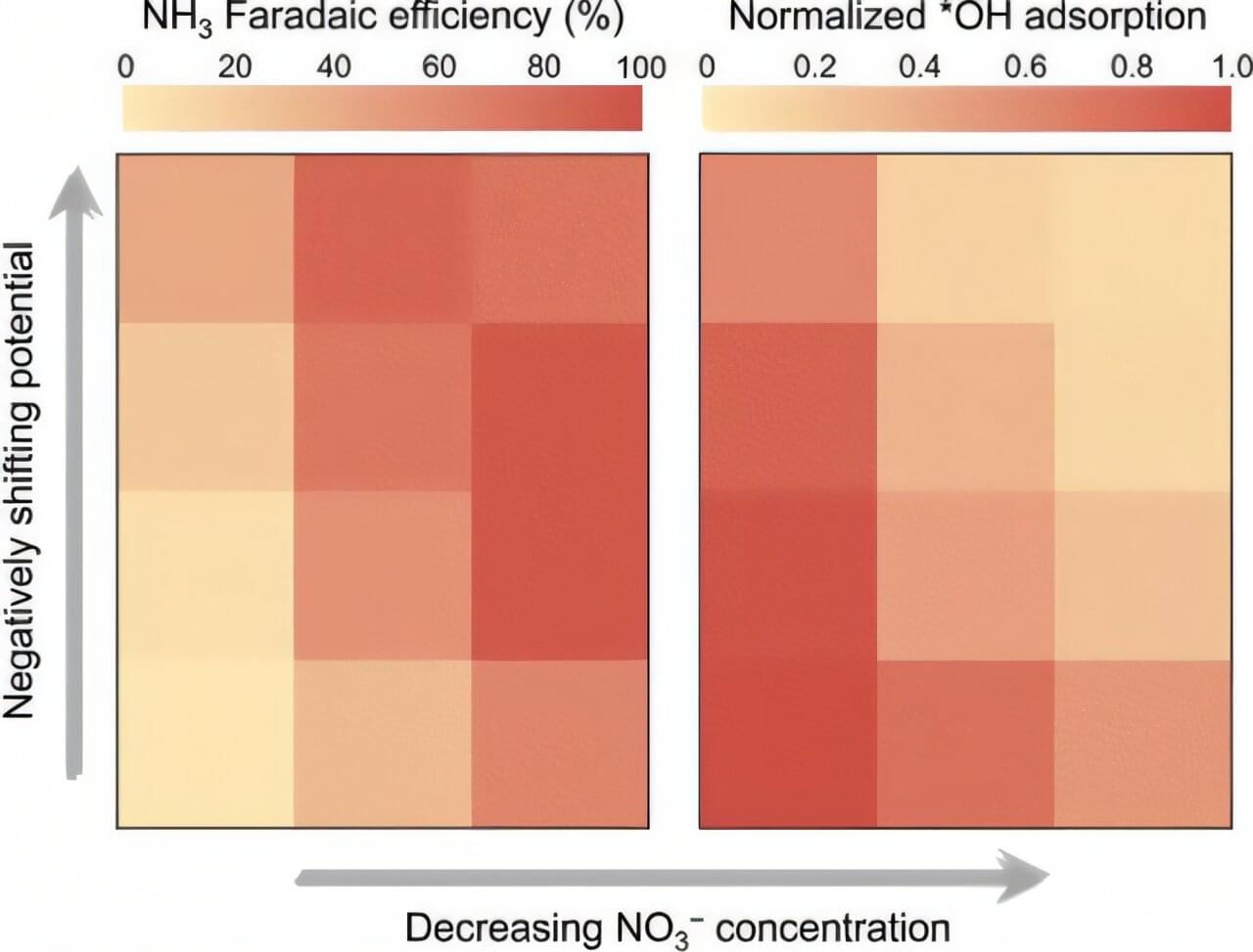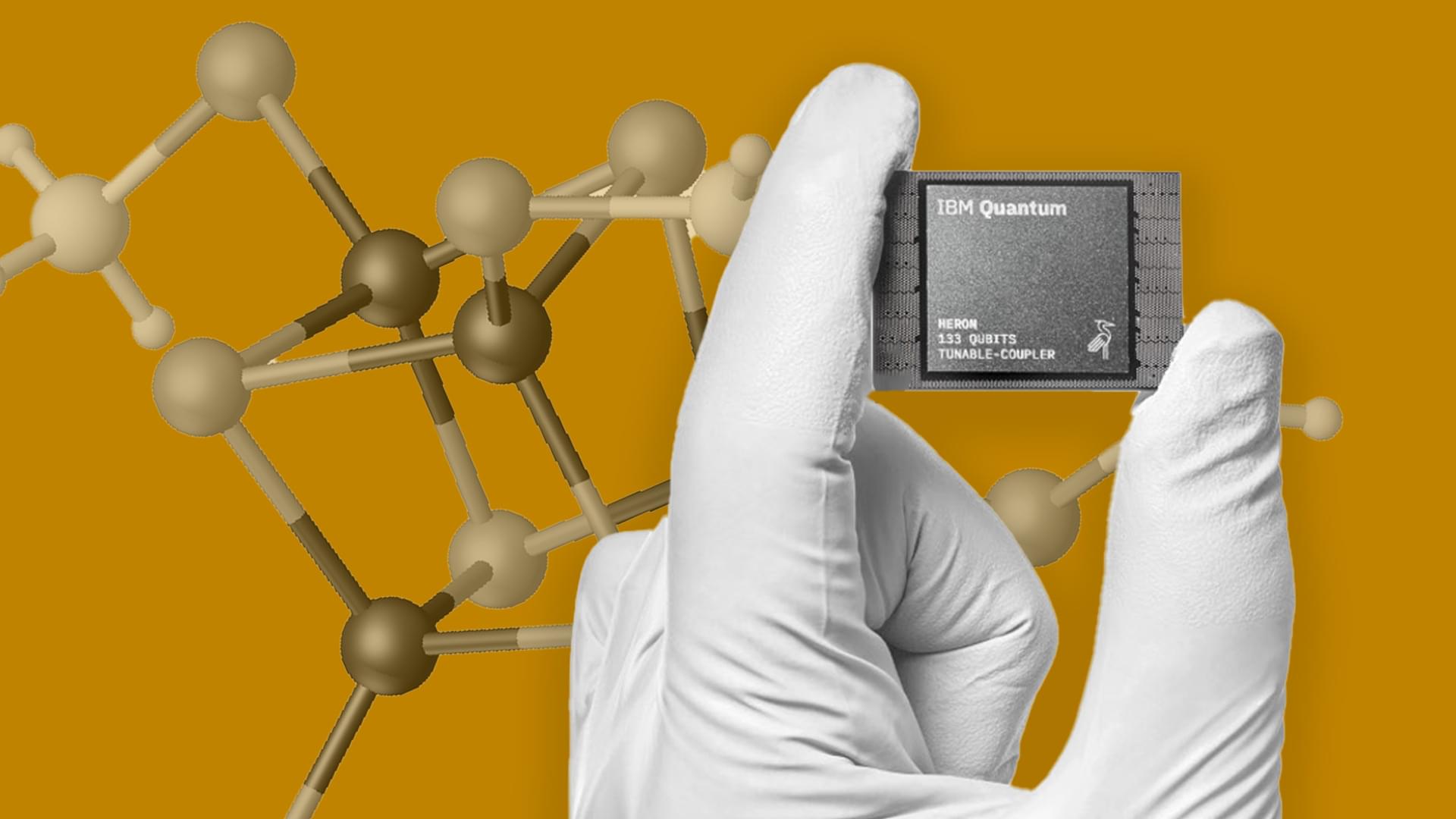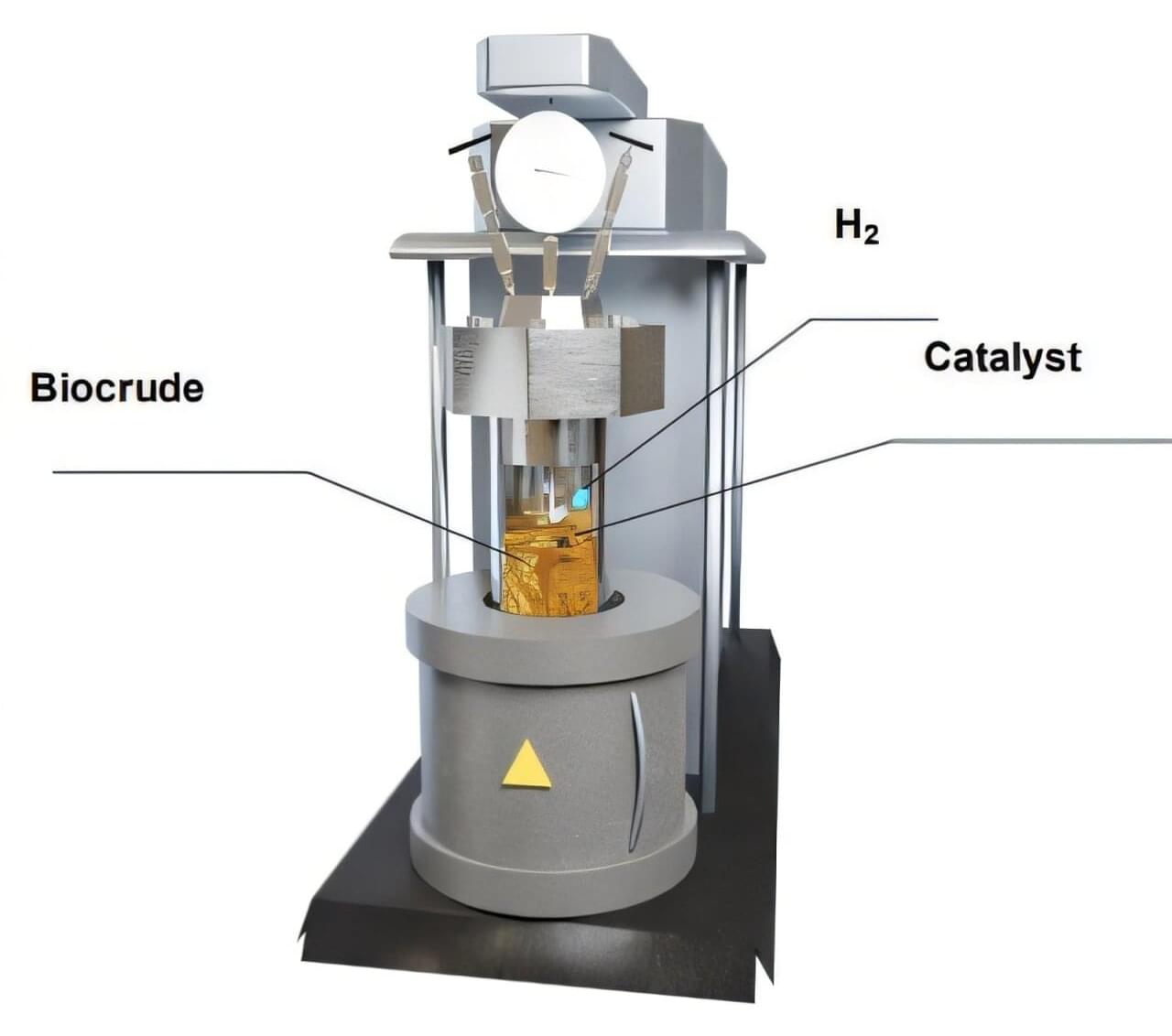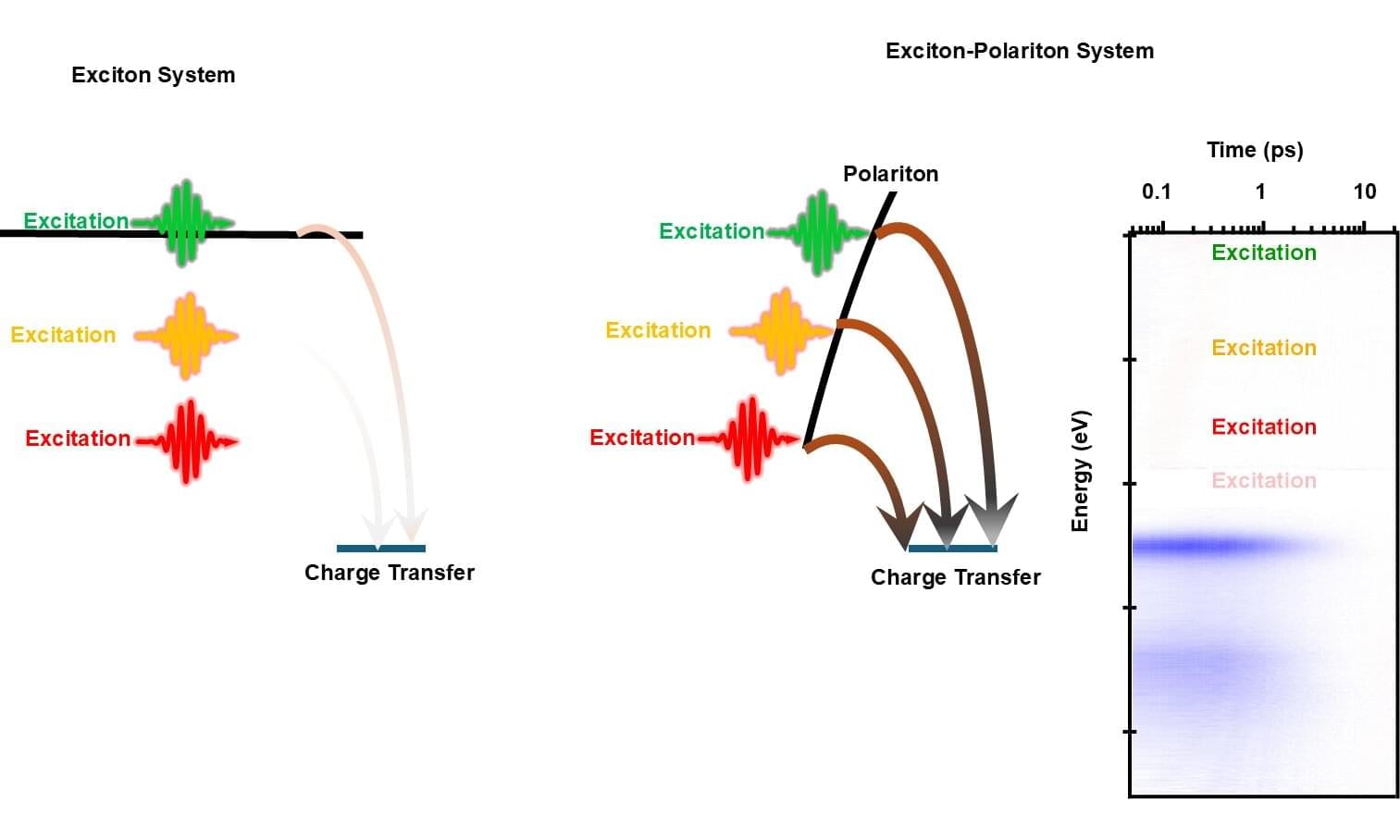Chemical engineers at EPFL have developed a new approach to artificial photosynthesis, a method for harvesting solar energy that produces hydrogen as a clean fuel from water.
“Artificial photosynthesis is the holy grail of all chemists,” says Astrid Olaya, a chemical engineer at EPFL’s Institute of Chemical Sciences and Engineering (ISIC). “The goal is to capture sunlight, on the one hand to oxidize water to generate oxygen and protons, and on the other to reduce either protons to hydrogen or CO2 to chemicals and fuels. This is the essence of a circular chemical industry.”
With global energy demands increasing, we are in need of viable alternatives to fossil fuels, whose negative environmental impact has also become all too apparent. One of those alternatives is hydrogen, which can be consumed in simple fuel cells for energy, leaving behind only water.
